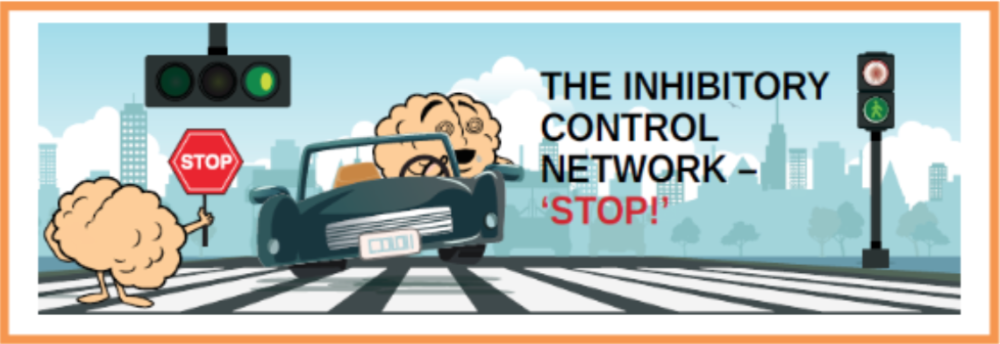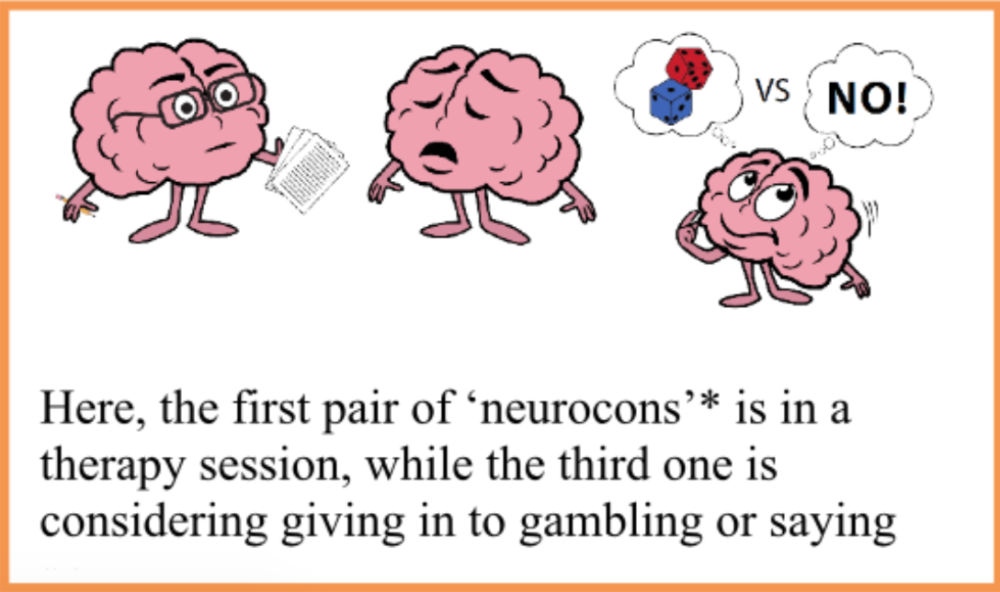AUTHOR: Fiza Arshad
Hello everyone, my name is Fiza Arshad and I am a master's student in the laboratory of Dr. Iris Balodis. Over the past year, I have been working on a project in collaboration with Alcohol, Drugs & Gambling Services (ADGS) of the city of Hamilton. Our goal is to create five interactive and accessible clinical handouts for individuals with gambling problems, their families, their friends, and the counselors who work with them. These products present evidence-based knowledge in a narrative style, followed by clinical exercises that bridge the gap between the science and personal experience.
In theory, this knowledge translation process sounds like a dream – proof of concept of a happy ending to a dystopian nightmare. The reality though is that this has been a grueling process that requires on-the-ground work, the building of networks, shifting conversations, and working with the community for the community. One of the clinicians at ADGS*, Andrea Strancaric says, “[although] knowledge translation is a process that is vital to bringing research findings to populations of interest, to bring the knowledge to a level that can be understood by the average person and not at a level that is too technical or difficult to comprehend [has been challenging]”. Moving from a technical piece to a well-formed narration involves careful attention to language, understanding the perspective of the target audience, and the overall look of the product.

To make the products engaging, attractive, and something our intended audiences will want to pick up and read, we worked with a team of graphic designers, headed by Lloyd MacKenzie, at the Community Centre for Media Arts in Hamilton. The team works with the content that I, Dr. Iris Balodis, Deirdre Querney and Andrea Strancaric have developed. They create graphics and use their expertise to make the final product visually appealing. As Dr. Balodis concedes, “it’s been amazing to see how adding visual aspects to the handouts highlights the information and enhances the work. The handouts have a completely different look and feel once the designers put everything together.”

All of this does involve a lot of back and forth with the design and how it best represents the content. Lloyd Mackenzie confesses, “the content is pretty challenging, making sure everything is conveyed in clear and consistent way presents challenges from a design and space perspective”.
Despite the challenges, this project has received positive early feedback. Many have liked our ‘neurocons’ and are excited at the prospect of finally having an evidence-based, clinical tool. For an aspiring researcher who has just started out, it is a reminder of what kind of research needs to be done to help out those who need it.
Even Dr. Balodis, a seasoned neuroscientist, shares, “This process has really made me think about what we can concretely say about the neurobiological findings in addiction research: What knowledge is usable and helpful to someone? How are the findings of a given study meaningful in the day-to-day experience of an individual suffering with an addictive disorder?”.
This project has been an enlightening and rewarding experience that not only puts into context what implementation and application of neuroscience research means, but also rekindles hope for the future of research in the community.
*The other clinician, Deirdre Querney, who has been a part of the team since its conception in 2016, is on maternity leave as of March 2017 to spend time with her newborn Charlotte Rose.
*These were developed by Alessandra Petti, a media and communications students who interned with us last year.